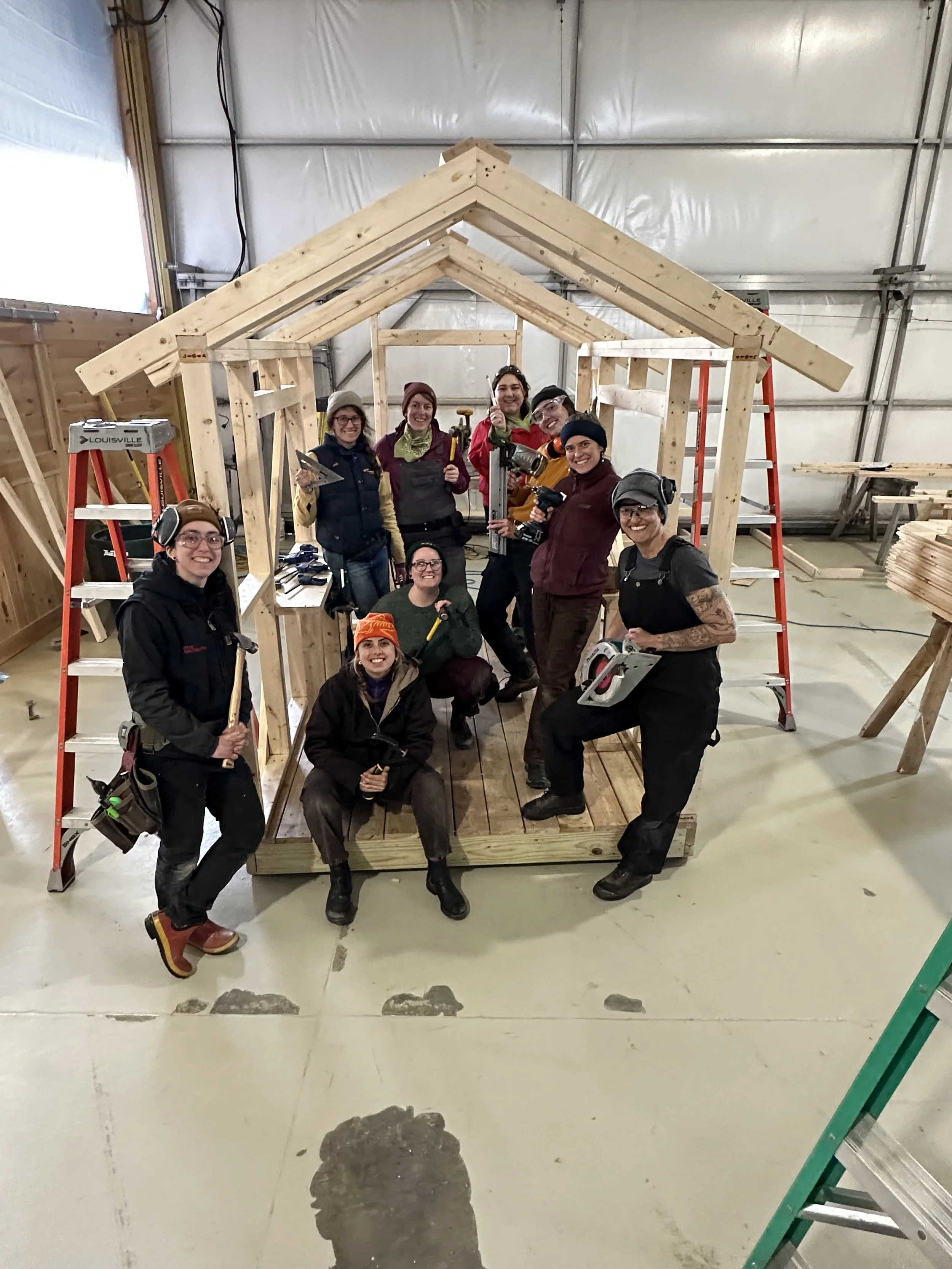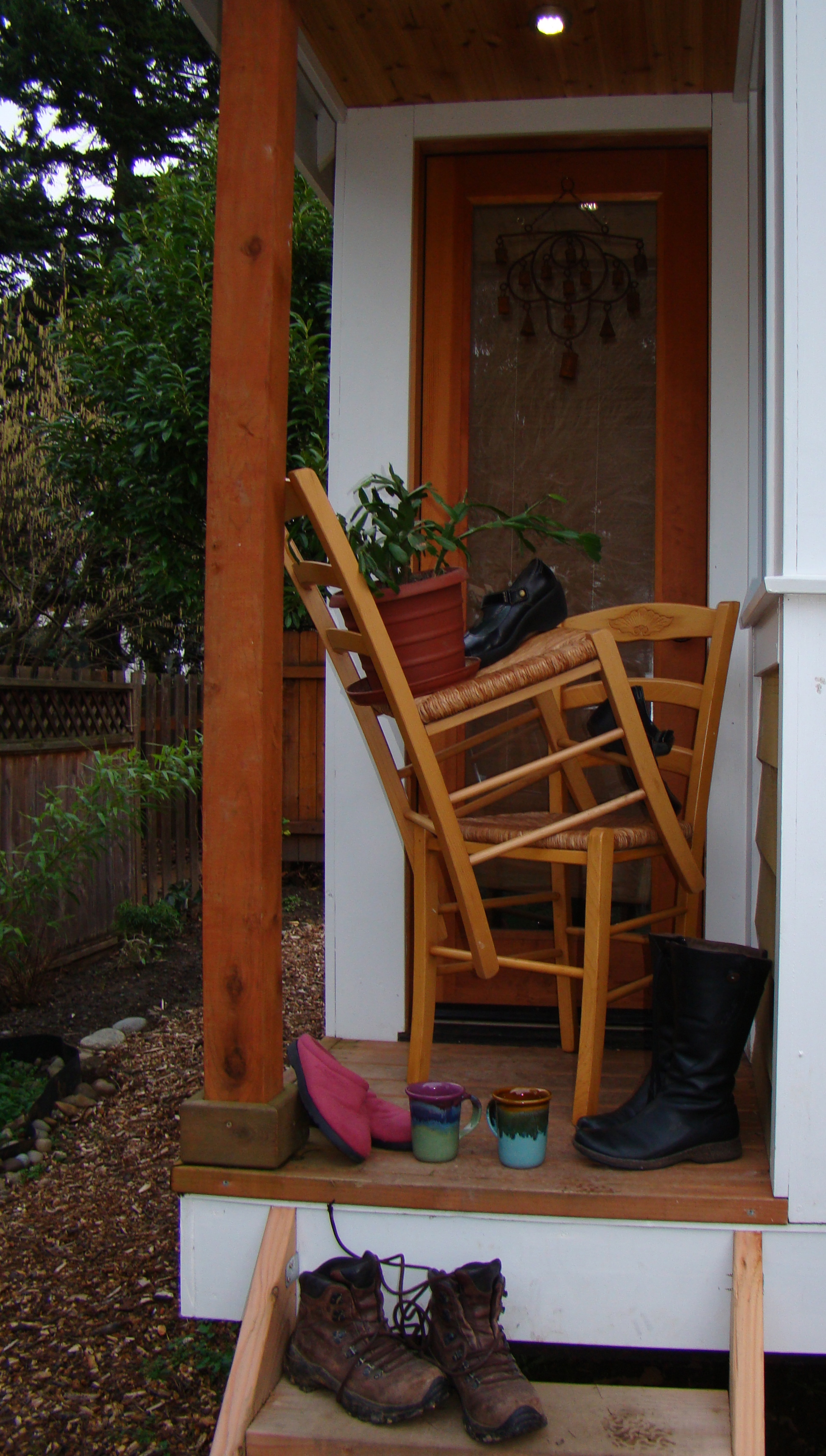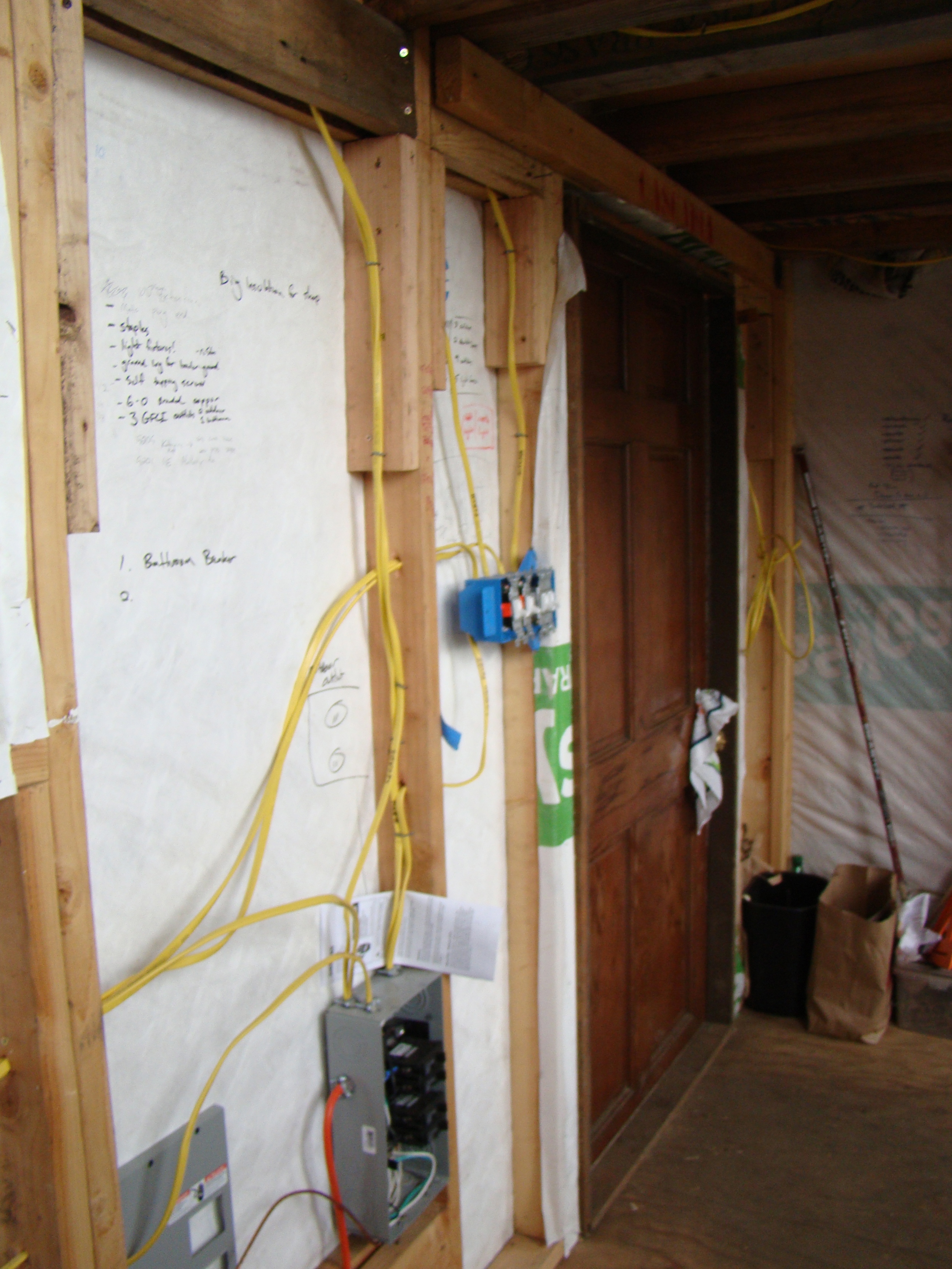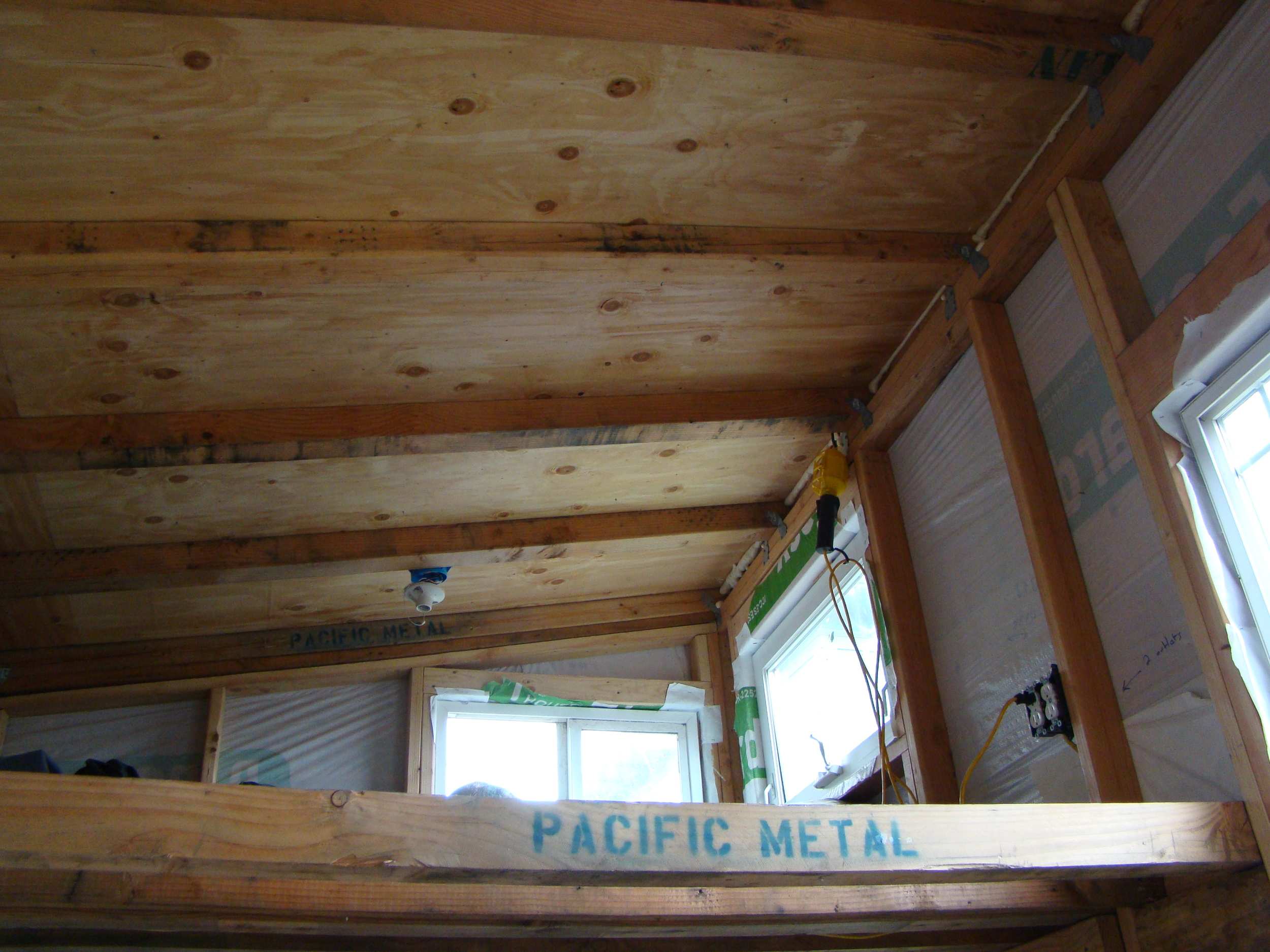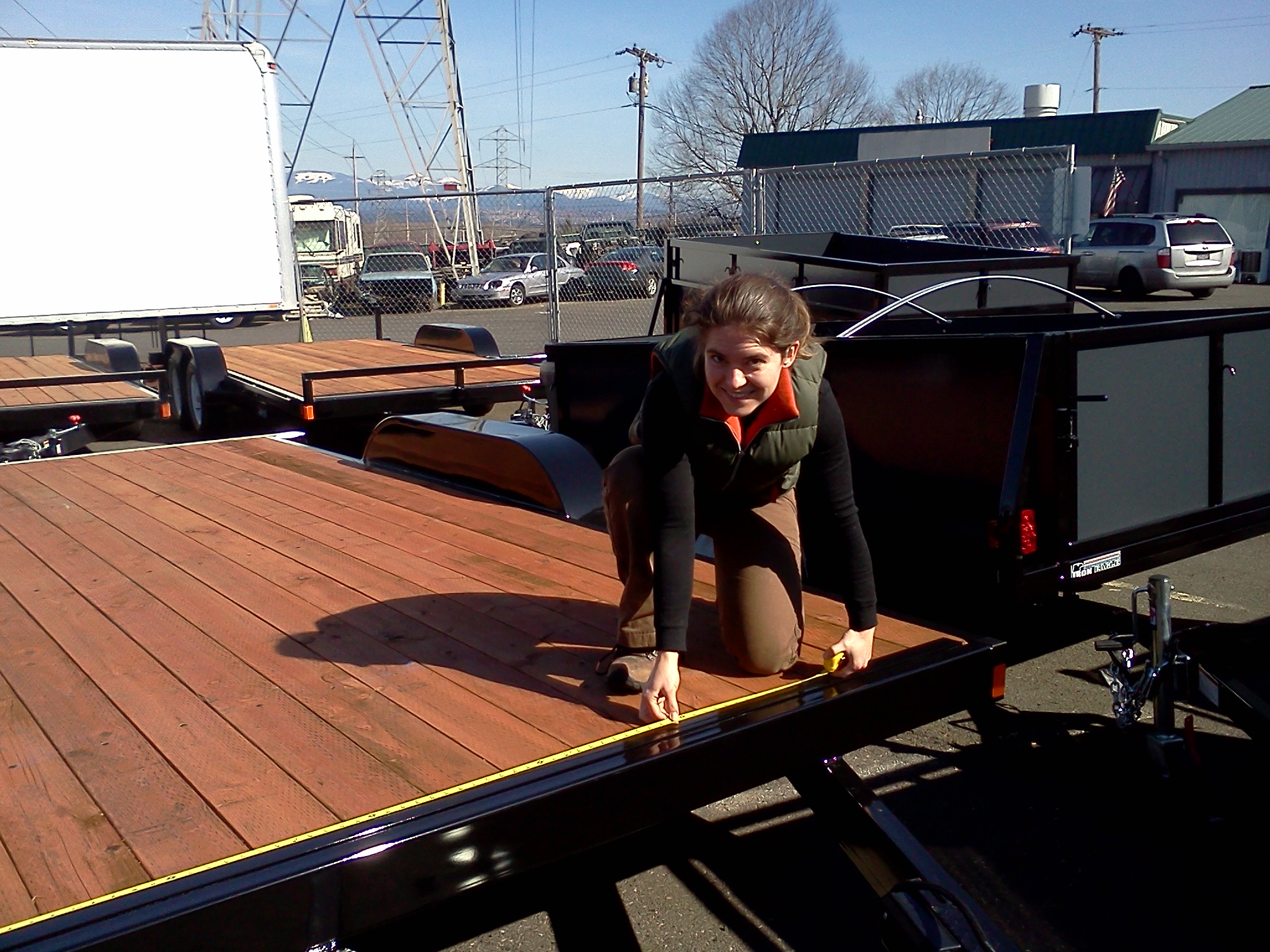 A funny thing happens when you start scheming about building a tiny house on wheels. At first it's just an increased awareness. You start noticing trailers all around you: parked in alleys, in driveways, along back roads, hauling loads down the highway. You find yourself checking them out and you wonder why trailers are suddenly everywhere. Then you realize they've been there all along, you just didn't properly appreciate them for their beautiful powder coating, their smooth following, and their heavy duty hauling capacity.
A funny thing happens when you start scheming about building a tiny house on wheels. At first it's just an increased awareness. You start noticing trailers all around you: parked in alleys, in driveways, along back roads, hauling loads down the highway. You find yourself checking them out and you wonder why trailers are suddenly everywhere. Then you realize they've been there all along, you just didn't properly appreciate them for their beautiful powder coating, their smooth following, and their heavy duty hauling capacity.
You begin investigating and learn terminology to describe them: deckover, beaver tail, goose neck, flatbed, car hauler, tandem axle, triple axle, dropped axle, gross vehicle weight, C channel, frame tubing, angle irons, diamond plate, hitch ball size, tongue length. By now you're clearly trailer obsessed. Eventually you start fantasizing about trailers, imagining a tiny house on every trailer you see. At this point you have trailer lust.
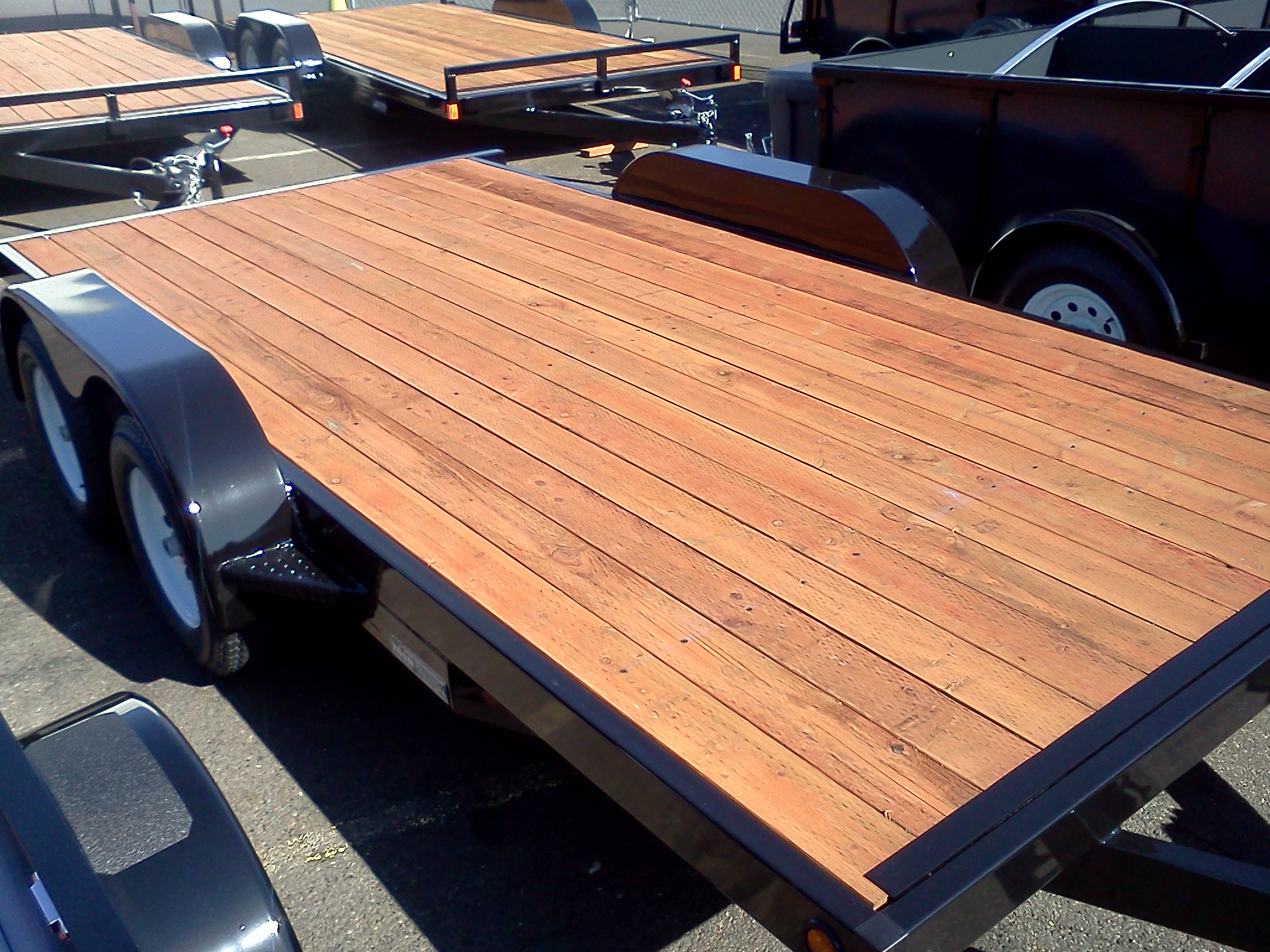
So when you crawl underneath a flatbed utility trailer at Don Johnson Trailer Sales to check out the axles, you'll have a sense of what to look for. And when you scramble back out because you hear footsteps you'll straighten up just as the sales fella walks over, his thumbs hooked over his belt. He'll say "What's a pretty lady like you doin' looking at car haulers? You oughta check out these horse trailers I got here." Without batting an eye you can reply, "Actually, I'm not a horse person. I'm interested in a 16-18 foot tandem axle flatbed utility trailer with GVW rating of 7000. This one's a beaut, but I'm interested in checking out your used trailers." He'll blink a few times, then crack a smile, and hold out his hand to introduce himself as Tom before taking you to the back of the lot to see the used models. Before long you're telling him about the tiny house project and he'll think you're even crazier than the horse people he usually sells trailers to. But he's intrigued, so he'll start keeping an eye out for you.
Tom will give you a call a few months later to tell you he's found a good one. By then you'll be living in a tiny house in another city so you'll tell him you're not currently in the market, but you're so glad he thought to tell you. He'll be a little incredulous that you're actually living in a tiny house on wheels so you'll send him a link to your blog and he'll write back, with the following note:
Just love your house. Very cool... just neat! May have to get me one of those. Have been looking over your site and have to say you are the most interesting person I think I've met since I started working here. Again, I really like your home. Sincerely, Tom
You'll be delighted that you have a committed and knowledgable trailer scout on your side. And you'll be proud that, thanks to you, there's one more used trailer salesman who is going to know what's what when someone else comes along wanting to build a tiny house on wheels.
***
As you might imagine, I was thoroughly impressed when I went to Iron Eagle Trailers a couple weeks ago with a friend who is building a tiny house and met Rob who already knew what's what when it comes to building trailers for tiny houses. My friend had been scouting Craigslist for a used trailer, but since she wanted to maximize the interior width of her tiny house, and we knew it would require extensive modification if she purchased a used trailer, she decided to go for a new custom model. Since the trailer is the foundation of a tiny house on wheels it is worthwhile to start out with a good sturdy foundation.
When we began describing the project Rob caught on right away. Turns out he's built trailers for Dee Williams and Katy Anderson of Portland Alternative Dwellings. The trailer design my friend came up with is a new version that will hopefully be a little lighter and a little simpler (therefore less expensive) than the "fatty" trailers Eagle Iron has built for tiny houses in the past. We're excited to see how well it works. Meanwhile, we're relying on the expertise of Dee, Katy, and a few friends who are builders as we draft up our plans. We've been pouring over Dee William's book Go House Go.
After sketching up a trailer diagram we made a trip to Iron Eagle Trailers this morning and worked with Rob to write up the order. The trailer should be ready in about two weeks, just in time for the tiny house wall raising.
